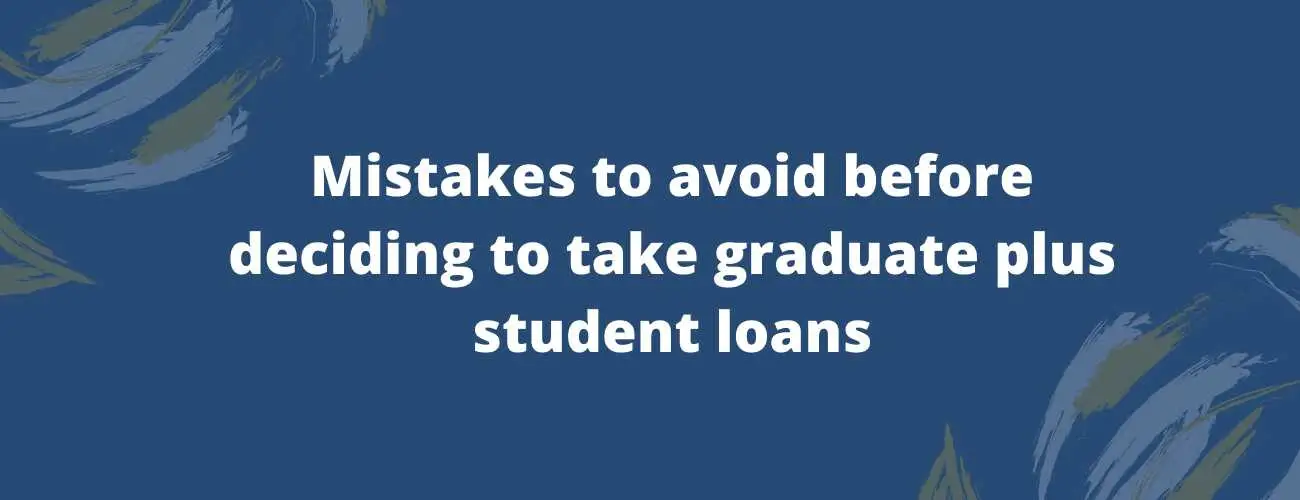Student Loan -- Forgiveness and Discharge
You have to know the definition and conditions of both student loan forgiveness and student loan discharge to check whether you qualify to either of them. Here it provides everything to know about discharge and forgiveness.
Updated by Namitha Antony on 4th July 2020
Both student loan forgiveness and student loan discharge mean that you are not, at this point liable for what is left in the student loan repayment. Both terms can be used interchangeably.
That is what number of individuals despite everything owe some portion of the $1.5 trillion of student loan debt on the books in 2018. As indicated by the Consumer Financial Protection Bureau, more than 5-million people have defaulted on their student loans or are behind in their installments, yet for a few, there might be an exit plan.
Table of Contents:
- Things in Common-Forgiveness and Discharge
- How to get a Student Loan Discharge?
- Student Loan Forgiveness Programs
Things in common - Forgiveness and Discharge
You have to know the definition and conditions of both student loan forgiveness and student loan discharge to check whether you qualify.
Student loan forgiveness applies when a borrower decides to play out help for the network, which the lender accepts is deserving of loan forgiveness. It must be an all-day work and the borrower must make 120 on-time installments before fitting the bill for loan forgiveness. Educating, military assistance, police, firemen, and social work are a few instances of occupations that qualify.
Student loan discharge applies to calamitous circumstances, including passing, aggregate, and changeless handicap, the end of a school, liquidation, catastrophe circumstances, extortion, or extreme physical and mental impedances.
Regardless of whether you are looking for forgiveness or discharge, it's important to apply and there's no assurance of acknowledgment. It's imperative to keep great records of the time worked to demonstrate your qualification.
If you are conceded forgiveness or discharge of your student loan debt, the dropped sum could be deemed salary.
How to get a Student Loan Discharge?
There are various approaches to get the rest of your student loan discharge. On the off chance that you meet any of the accompanying seven conditions, the government will drop the loan. Make certain to keep up your installments until the correct office affirms your application and triggers the loan discharge.
1. Your School Has Closed
Federal student loans go to students at licensed universities and colleges. However, imagine a scenario in which your school closes while you're enlisted. On the off chance that that occurs - or you pull back inside 120 days of the school shutting - you could fit the bill for a student loan discharge. You should find your scholarly and monetary records, which could be found through the state permitting office for the school.
2. Bankruptcy
If it causes "undue difficulty,'' it could prompt the cancellation of your student loan. What comprises undue difficulty?
-
If you've put forth great confidence attempts to repay the advance.
-
If you were unable to continue an insignificant way of life by taking care of the advance.
-
If your financial difficulty will proceed for a long time to come.
Student loan debt is once in a while settled through bankruptcy, which can be a long and costly procedure. You should seriously mull over salary based reimbursement if the issue does not merit the result.
3. Total and Permanent Disability
How would you qualify for a total and permanent disability?
- In case you're a veteran with an assistance related incapacity who cannot work anymore. You should submit records from the U.S. Division of Veterans Affairs, which express that you can't work and, hence, incapable to reimburse your understudy credits.
- If you get Social Security Disability Insurance or Supplemental Security Income benefits. You should submit supporting archives and have a handicap survey planned inside five to seven years.
- If your doctor said you have a total and permanent disability that has gone on for in any event 60 months and will keep going for at any rate an additional 60 months.
4. False Certification or Unauthorized Payment
This is offered to casualties of fraud or bogus affirmation. It applies for the most part to Direct Loan or FFEL Program advances.
How would you qualify?
-
If your school erroneously guaranteed you as qualified to get credits, despite the fact that you didn't meet the prerequisites.
-
If that your school marked your name on an application or promissory note without your insight.
-
If somebody applied for a new line of a loan in your name.
-
If something dubious occurred with your student loan, an activity that could be viewed as false certification, unauthorized payment, or identity theft.
5. Unpaid Refund
This could occur if your school didn't pay a discount it owed to the U.S. Branch of Education or a bank. Furthermore, if so, you likely would get an incomplete release in the sum your school didn't pay.
6. Borrower Defense
This happens if your school abused state laws. Before, a few schools have been sentenced for utilizing unlawful or tricky strategies to persuade students to take out credits and join in. On the off chance that you can demonstrate the school is blameworthy of extortion, you won't need to take care of the student loan.
You will require reports, for example, transcripts, enrollment agreements, emails with school officials, promotional materials and course catalogs.
At the point when you seek after this edge, the administration will place your loans into forbearance or stop assortments. Also, if your application is affirmed, you're free for the advance. You should take care of the loans and the interest gathered while in forbearance.
7. Death
If the borrower dies, a relative or agent must send a demise authentication or other documentation to the loan servicer for sure discharge. For this situation, Parent PLUS loans likewise are dropped.
Student Loan Debt Forgiveness Program
At the point when President Barack Obama marked the Health Care and Education Reconciliation Act of 2010, that change got known as the "Obama Student Loan Forgiveness'' plan. The Direct Loan Program (FDLP) got extended financing and gave more borrowers access to credit reimbursement alternatives.
Here are the means by which Obama changed federal student loan forgiveness:
-
The national government no longer offered endowments to private loaning establishments for governmentally supported credits. In 2014, borrowers of new credits able to make installments dependent on 10% of their discretionary income.
-
New borrowers got qualified for understudy credit absolution following 20 years (rather than 25) on qualifying installments.
-
Expanded financing was accommodated poor and minority understudies.
-
Moreover, the borrower can merge all their government understudy credits into one new advance. There's likewise a decision between five distinctive reimbursement plans, allowing the borrower to locate the most reasonable choice.
Different repayment plans:
There are various repayment plans so that the borrowers can choose among them according to their convenience
-
Standard Repayment — The borrower pays a fixed sum every month for the life of the advance. The installment is dictated by the obtained sum, financing cost, and term of the credit.
-
Graduated Repayment — The borrower makes installments lower than the standard reimbursement plan, however it slowly builds at regular intervals.
-
Income Contingent Repayment (ICR) — The borrower makes installments dependent on their salary, family size, credit parity and loan cost.
-
Income-Based Repayment (IBR) — The borrower's installment depends carefully on their pay and family size. The equalization of the credit and financing cost is not utilized in figuring the regularly scheduled installment. The borrower is mindful to pay 15% of their optional salary to their government understudy credits.
-
Pay As You Earn (PAYE) — This typically has the most minimal regularly scheduled installment and it dependent on pay, however utilizes 10% of the optional pay.
Under the William D. Portage Direct Loan program, there are different forgiveness choices. Installments made in an IBR, ICR, or PAYE reimbursement consider qualifying installments for the individuals who work in the public sector and might want to apply for public service loan forgiveness, which is not the same as Obama Student Loan Forgiveness.
In the interim, the Trump organization has proposed finishing the Public Service Loan Forgiveness program for new borrowers. The Congressional Budget Office has assessed that completion of the program would spare the government $24-billion throughout the following decade. That proposition has not been decided on as of the mid-year of 2018.
Who Qualifies for Student Loan Forgiveness?
Contingent upon your profession and money related status, there are different approaches to meet all requirements for student loan forgiveness qualification.
Public Service Loan Forgiveness (PSLF) — For full-time representatives at an administrative, state or neighborhood government office. Associations with a 501(c)(3) assignment qualify, as well, however strict based not-for-profits don't. You should make 120 on-time installments toward the credit.
Forgiveness with Income-Based Repayment (IBR) — For qualification, your installments on IBR must be not as much as what your installment would be under the Standard Repayment Plan. On the off chance that you have an enormous obligation load contrasted with your salary, it ought to be anything but difficult to qualify. This is a decent technique for borrowers who work in low-paying fields, yet have high-figure obligation loads.
Pay as You Earn (PAYE) — Your regularly scheduled installment is topped at 10% of your optional pay and following 20 years the rest of the parity is qualified for pardoning. The installments must be short of what they would be under the 10-year Standard Repayment Plan.
Revised Pay as You Earn (REPAYE) — Similar to PAYE, yet there is no salary qualification. Anybody with qualified advances can apply.
Forgiveness with Income-Contingent Repayment (ICR) — You pay either 20% of your discretionary income or what you'd pay on a fixed 12-year plan, whichever is less. Anybody with a federal student loan is qualified.
Federal Perkins Loan Cancellation — A level of your understudy advance is excused after each time of administration with occupations, for example, instructor, bookkeeper, discourse language pathologist, Head Start proficient, fireman, law authorization official, nurture, open protector or administration volunteer.
Teacher Loan Forgiveness — Eligible instructors probably worked five years in schools that serve low-pay students. Primary teachers get up to $5,000. Optional teachers who show math, science, or custom curriculum could get up to $17,500 in loan forgiveness.
Student Loan Forgiveness for Nurses — For those working in an underserved network, the NURSE Corps Loan Repayment Program can have 60% of understudy advances paid following multiyear of business and another 25% after the third year.
Loan Repayment Assistance for Doctors and Other Health Care Professionals — The National Health Service Corps (NHSC) grants up to $50,000 to essential consideration specialists, dental specialists, or mental/social clinicians who labor for a long time at a qualified site. The Students to Service Program will give up to $120,00 on the off chance that you focus on filling in as an essential social insurance supplier at an affirmed site for a long time. The National Institutes of Health (NIH) will compensate up to $35,000 for wellbeing experts who focus on two years of examination at a passing not-for-profit. In the interim, a few specialists could get up to $120,000 (with Army administration) or $275,000 (with Navy administration) a student loan assistance for clinical occupants.
Loan Repayment Assistance for Lawyers — Some lawyers can get help from their previous graduate schools. In the meantime, legal counselors who labor for a long time at the Department of Justice can acquire up to $60,000 in credit help (to qualify, you should have in any event $10,000 in government advances).
Military Student Loan Forgiveness and Assistance — The Army, Navy, Air Force, and National Guard each offer credit reimbursement help programs. The Army, for instance, pays 33% of your credits each year for a long time (up to $65,000 all out). The Navy additionally grants up to $65,000.
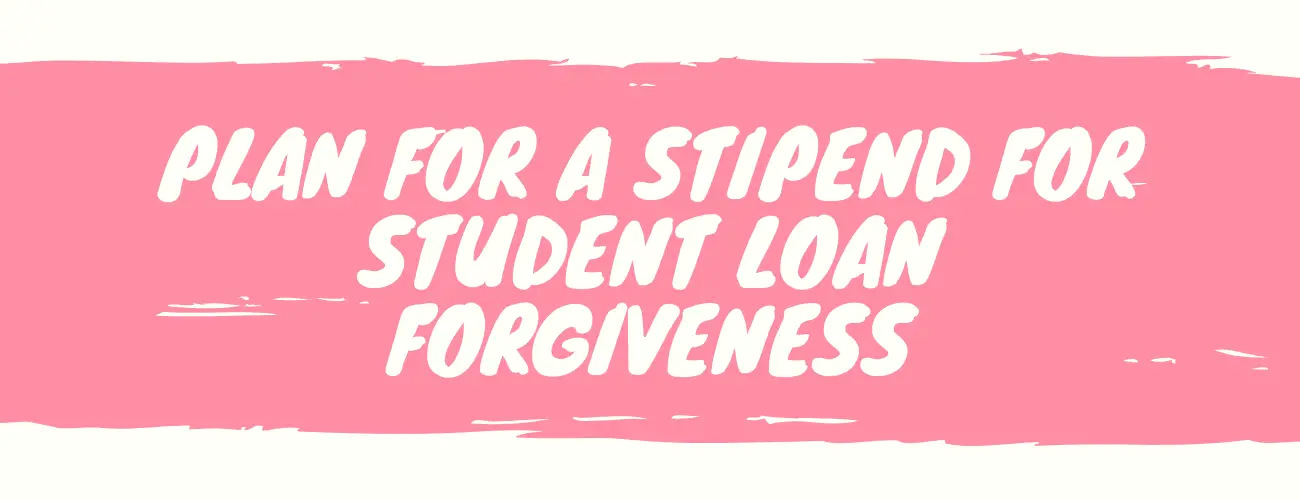
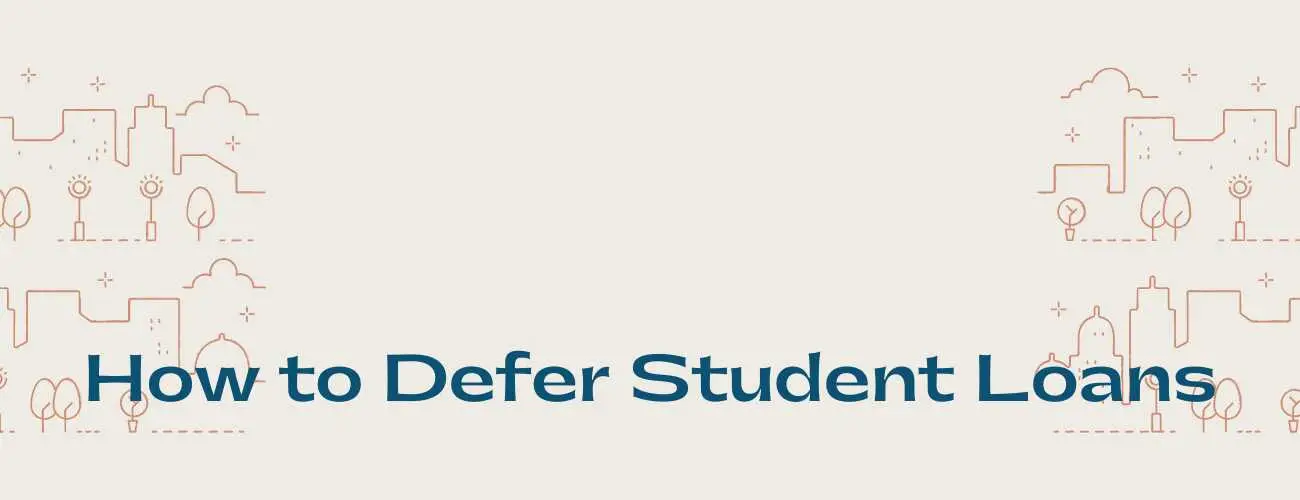
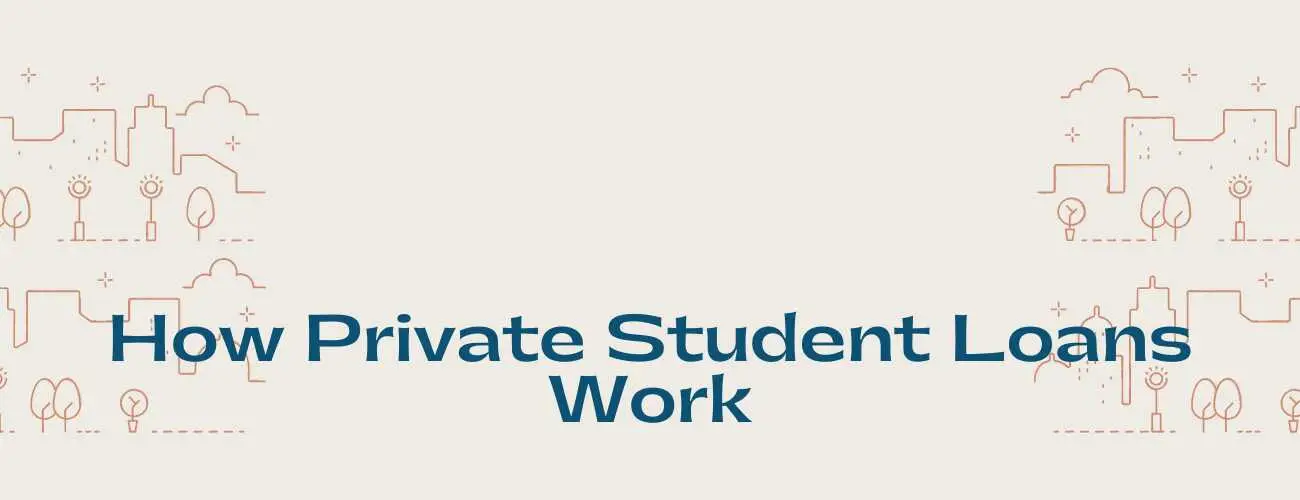
93.jpg)
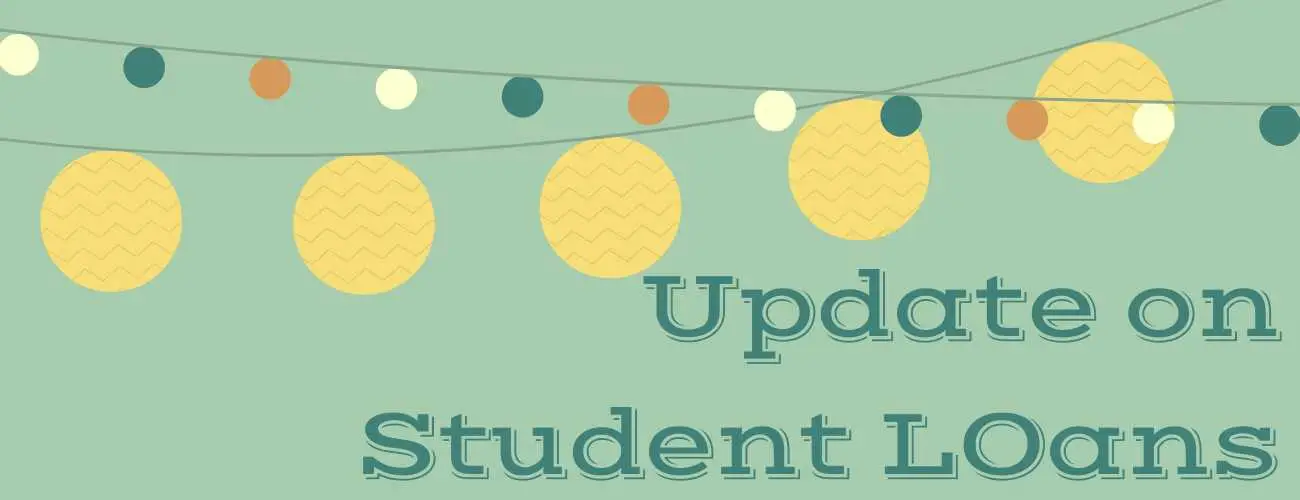
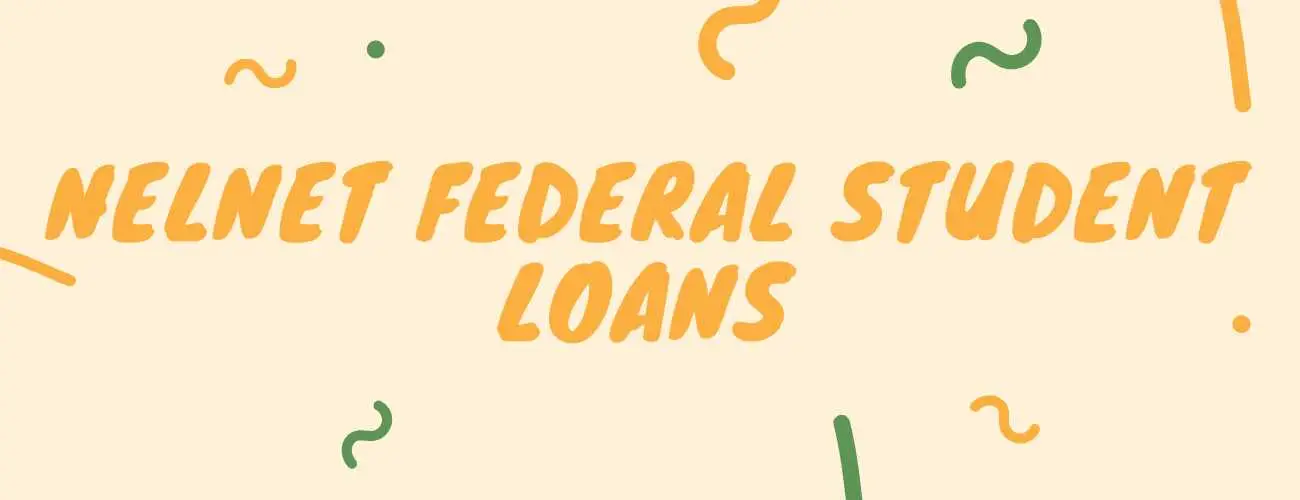
28.jpg)
